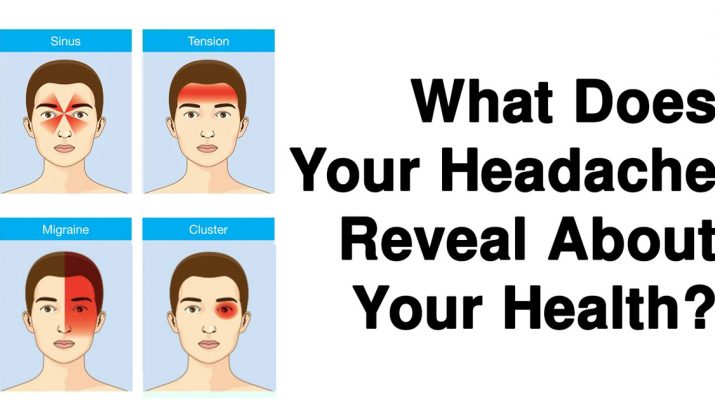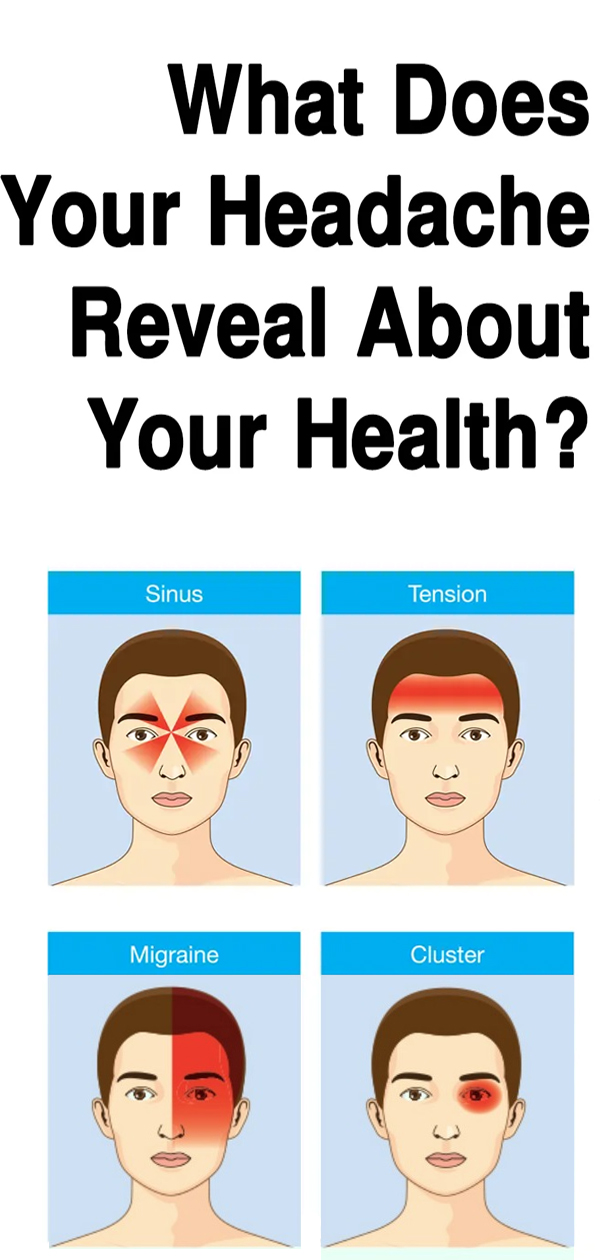Headache disorders are among the most common disorders of the nervous system. It has been estimated that almost half of the adult population have had a headache at least once within the last year.
– World Health Organization
Headaches and migraines are among the most frustrating and prevalent pains that we can experience. Even a minor pain in our head area can make us less willing and able to tackle everyday tasks.
The most common types of headaches are migraines, tension headaches and sinus headaches. Generally, headaches will begin will a type of dull pain that tends to increase in severity as the ailment progresses. Depending upon the type of headache, the pain tends to target different areas of the head. One common denominator for most headaches is that the pain gradually resides over a period of time.
Contrary to popular belief, headaches can surface for a number of different reasons. These reasons include diet, level of hydration, work and/or home environments, and our overall health. Additionally, headaches can also point out potential health problem areas.
Most times, headaches are relatively harmless. However, in rare instances, a headache may be a sign of a severe condition such as aneurism, stroke, brain tumor or bleeding of the brain. Obviously, if a headache is prolific or lasts an inordinate length of time, immediate treatment should be sought. This includes what is termed a “thunderclap headache,” or one that comes on suddenly and invokes severe pain.
What Does Your Headache Reveal About Your Health?
1. Tension Headache: Stress And Anxiety
Topping our list is the tension headache, by far the most common type of headache people suffer from. Tension headache pain is constant, concentrating around the temples or near the back of the head and neck. Additionally, the pain may be felt above and below the eyes.
Medical professionals believe that this type of headache is caused by the contracting of neck and scalp muscles, which is a common reaction to stress and/or anxiety. It is common for severe tension headaches to be mistaken for migraines. However, migraines produce more side effects than tension headaches such as dizziness, nausea and vomiting.
Ginger tea is terrific for reducing inflammation, which may help reduce or eliminate pain. Adding peppermint oil to the hairline can relax the muscles around the head and neck, which further alleviates the pain. Combining these two ingredients may just prove to be the exact cure we need!
2. Migraine: Unhealthy Diet And Lifestyle
Migraines affect nearly 40 million people in the United States and can be debilitating in nature. Pain experienced during a migraine is severe and recurring, with the pain often throbbing on one side of the head. In approximately 30 percent of migraine episodes, the pain effects both sides of the head. It is common for migraine pain to radiate from the head’s top and move downward.
Of all headache conditions, migraines have the most prolific neurological side effects. The laundry list of symptoms includes: dizziness, sensitivity to sound and light, visual disturbances, tingling and numbness of the face, along with nausea and/or vomiting.
Genetics and environmental factors may play a role in one’s susceptibility to migraine headaches. A diet lacking in nutrition may also have an effect, in particular eating a disproportionate amount of processed and salty foods. Unhealthy sleep patterns, and overconsumption of medication may also trigger a migraine episode.
B12 vitamins and omega-3 fatty acids have been shown to help alleviate migraine pain. Getting adequate aerobic exercise may help deter migraine headache episodes. Some people have reported the benefits of aerobic exercise in treating migraines actually negated the need to continue on medication!
3. Sinus Headache: Dehydration Or Overusing Medication
Sinus headaches are another common type that may reveal certain unhealthy lifestyle habits. As the name indicates, sinus headaches are a direct result of problems within the sinus area – behind the nose’s bridge and inside the forehead or cheekbones. When these oxygen-filled areas become inflamed – often due to allergic reaction or infection (the most common reasons) – the paths to drain mucus from the sinus become blocked. This blockage can result in sinus pain that feels very much like a headache.
The continuous and often severe pain resulting from a sinus headache will assuredly be felt inside of the cheekbones, forehead, or bridge of the nose. It is common for those suffering from a sinus headache to experience increasing pain as the head is moved around. In addition to pain, sinus headaches generally include other symptoms such as a runny nose, fever, or swelling of the face.
As mentioned, most sinus headaches are the direct result of allergies or infection. However, sinus headaches may also occur due to overuse of decongestant or pain-relieving medications. These pain symptoms can be exacerbated by inadequate hydration.
It should come as no surprise, then, that drinking plenty of fluids is important to alleviation of sinus headaches. Sinus inflammation may be reduced by drinking warm water or tea. Vitamin C is terrific for warding off potential infections, and fresh ginger contains anti-inflammatory and painkilling properties without the need for potent medication.


